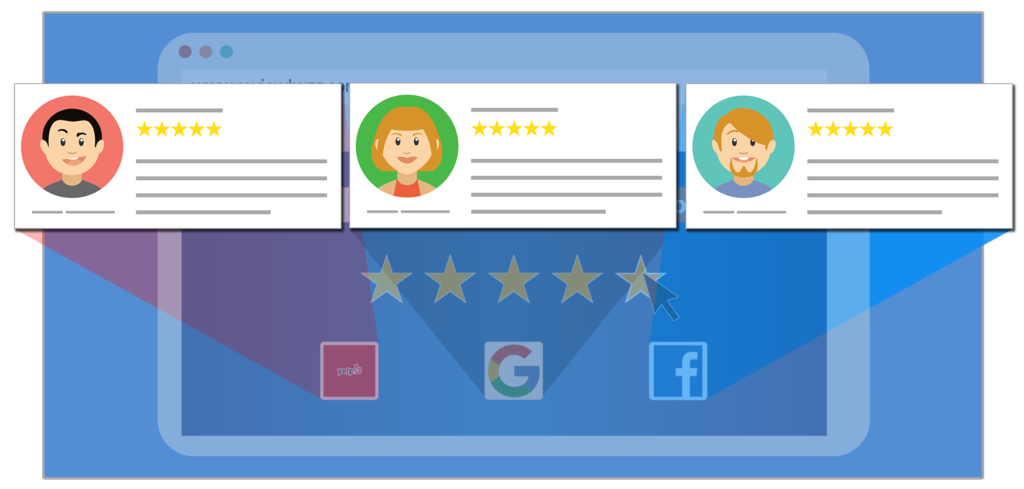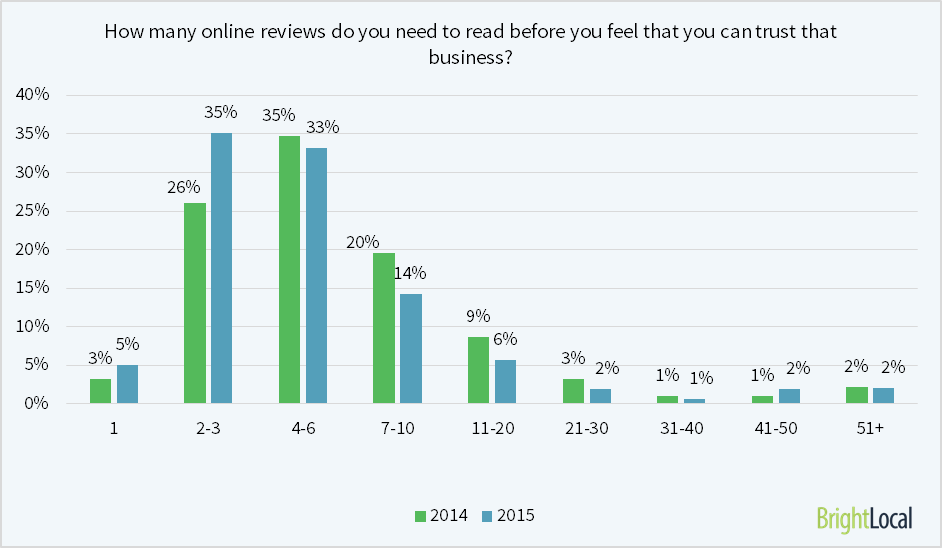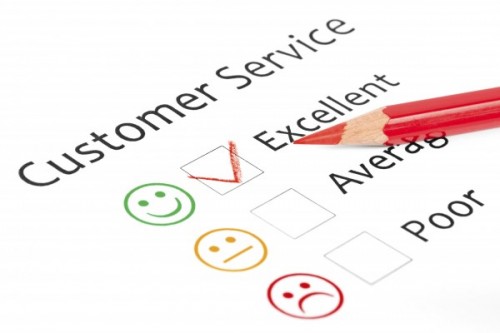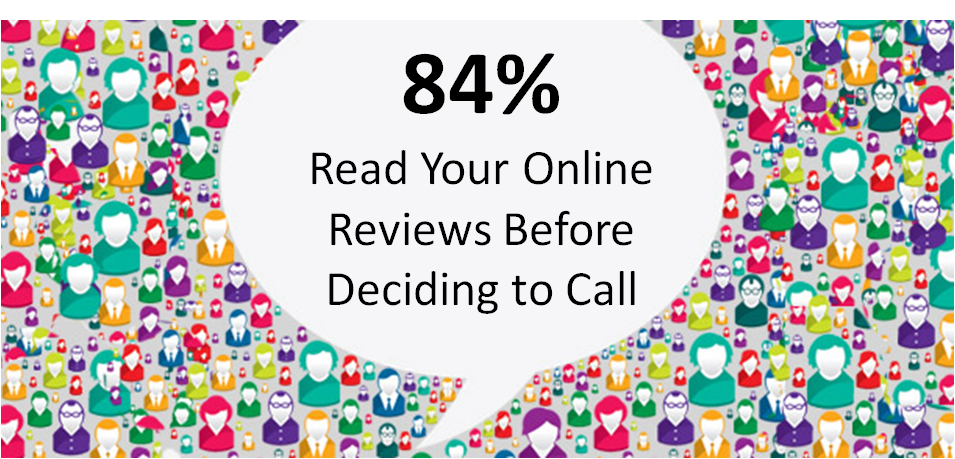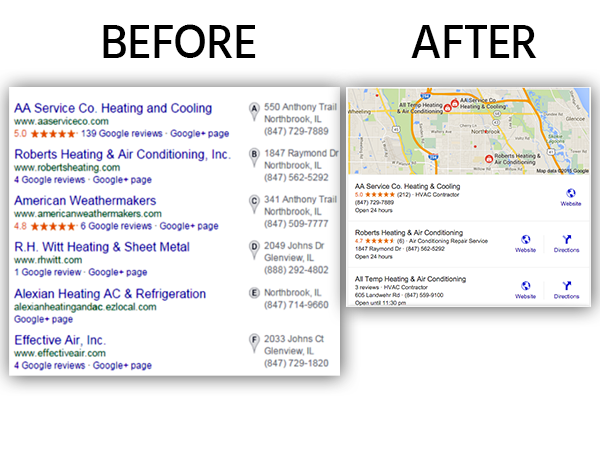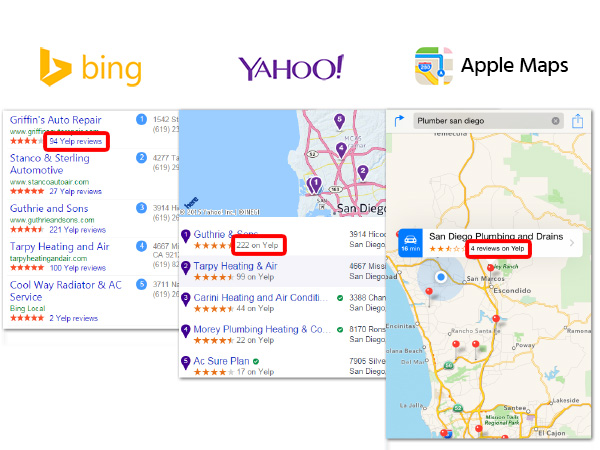
Anyone who traveled through Europe before the introduction of the Euro may recall the days when each country had its own currency. Prior to this economic union, tourists had wads of foreign cash that didn’t always amount to much.
But the transition to the Euro led to greater international purchasing power for those who held it. Because of the common value of the new currency, more goods and services could be purchased.
Ultimately purchasing power impacts every aspect of economics, from interest rates and stock prices, to spending and prosperity.
What if your business could have financial prosperity regardless of what was happening to the economy? What if you could create your own “currency”? And what if you could control the value within the four walls of your company?
With online reviews, you can.
Businesses with a frequent, high-volume of positive reviews on influential review sites gain greater value through consumer trust. Because 92% of consumers now read online reviews, positive online reviews will increase the amount of business you do and rates customers are willing to pay.
On the flip side, negative online reviews will decrease the amount of business you do – and will drive more of your customers to your competitors.
In Stop Marketing, Be Remarkable, ReviewBuzz Founder Mike Montano writes, “Reviews are the new currency. They will literally make you money . . . Your capital production capability is directly related to your social proof. Whether you like it or not, that reputation is based 99% on what online information is available about your company.”

Research shows that online reviews can actually boost ROI for your business. In fact, according to Vision Critical, 80% of people will not buy from a business that has negative reviews, and it takes 10 to 12 positive reviews to offset a single bad one.
So, more than ever before, people are reading reviews and are making fast decisions based on a company’s online reputation.
Studies by social analytics firm, ShareThis, found that people were even willing to pay more for products with positive online reviews.
“Recommendations have more of an impact than brand or price,” says ShareThis CEO Kurt Abrahamson. “We found that highly positive online shares can generate an almost 10 percent increase in purchase intent, and negative reviews can also have a correspondingly negative impact, by 11 percent.”
For residential service providers, the impact is even more profound. A study by Software Advice found that 86% of consumers are willing to pay higher fees for a service provider with positive reviews.
Because positive online reviews have so much power to make you money, they are now considered a new form of currency. The more you have, the more you’ll be making.
If your company is not maximizing your online review potential, you are hurting your own economy.
You can control the amount of positive reviews you get far more than you may think.
Here are a few simple steps to build credibility:
- First, ask your customer to write a review after the service is complete. This should be mandatory of all employees. The best way to get the most reviews is to either ask in person, or by email.
- Second, give your employees an incentive to ask for reviews, such as gift cards, etc.
- Third, make the review process as simple and easy as possible for your customers.
- Fourth, focus on the sites that your customers trust the most and therefore, visit the most, like Google, Facebook, Yelp, BBB, etc.
- Fifth, keep reviews current. According to a 2015 Brightlocal survey, 44% of consumers say a review must be written within 1 month to be relevant.
When a company looks good online, more people will call, more services will be sold, and more money will be earned. It’s a currency you can manage like any other.
As Montano states, “Great reviews do more than just improve your marketing efforts or your advertisement copy. They make your phone ring. They make you money because your customers want to make the right choice. They dial your number, not just looking for services, but looking for the experience your reviewers describe.”
It’s time to incorporate reviews into your daily operations. Your customers are looking for them. Your marketing ROI depends on them. And without them, you are just handing business off to your competitors.
Images: Courtesy of connectivity.com and toprankblog.com







